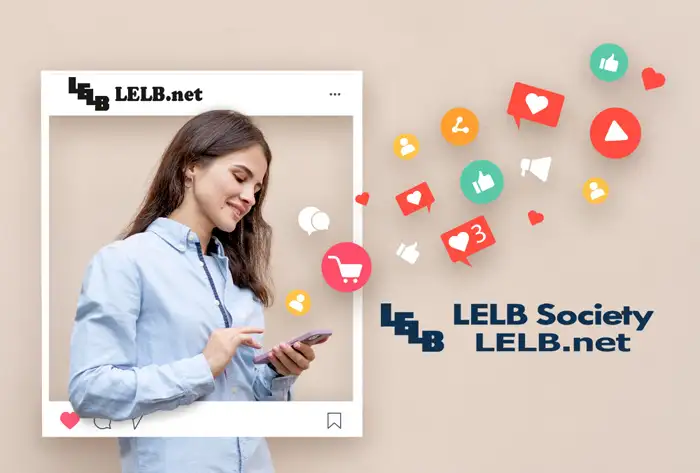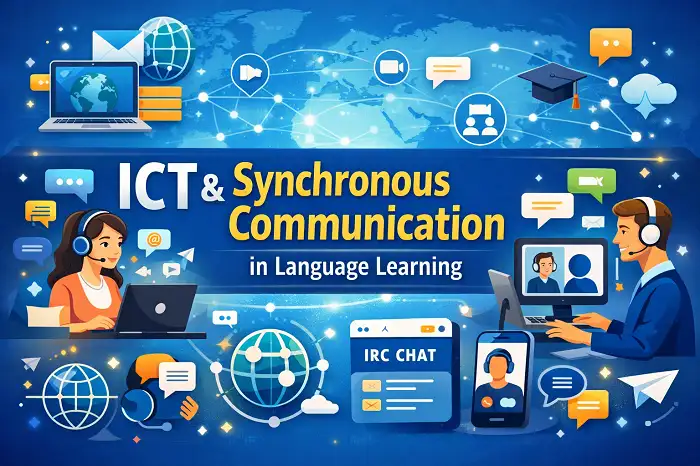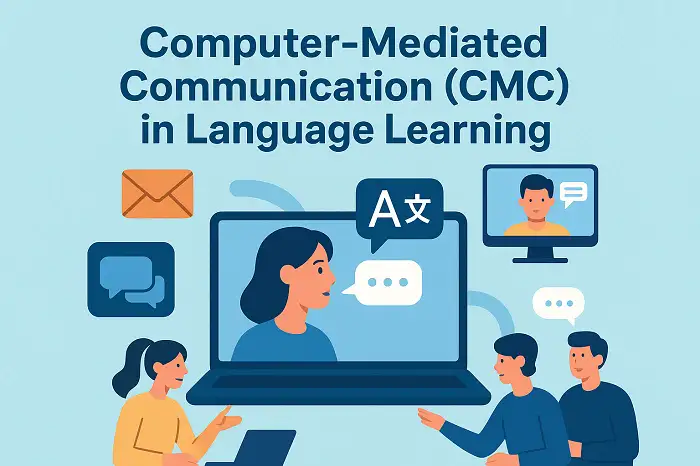Table of Contents
An English presentation on social media and the internet given by LELB Society students to practice speaking with in-depth analysis and feedback provided by the English teacher
English presentation on social media
Reading practice on social media
Social media platforms, with their constant stream of updates and notifications, are designed to be highly engaging, making them particularly addictive for young people. The dopamine rush experienced from likes, comments, and shares can create a powerful reinforcement cycle, making it difficult for users to detach. Additionally, the fear of missing out (FOMO) is prevalent among teenagers, as they constantly compare their lives to the carefully curated highlight reels of their peers. This pressure to maintain a perfect online image can lead to obsessive checking of social media feeds and a distorted perception of reality.

Furthermore, social media algorithms are sophisticated in personalizing content to maximize engagement. By analyzing users’ interests and behaviors, platforms deliver a tailored feed that caters to individual preferences, creating a sense of hyper-relevance and increasing the likelihood of prolonged usage. This, combined with the social validation derived from online interactions, can contribute to a sense of addiction as young people become increasingly reliant on social media for their sense of self-worth and social connection.

The addictive nature of social media is exacerbated by the ease of access through smartphones, allowing for constant connectivity. This constant exposure can lead to sleep disturbances, decreased productivity, and neglect of real-life relationships. Moreover, the carefully constructed online personas of influencers and celebrities can create unrealistic expectations and body image issues among young users. It is crucial to recognize the potential dangers of social media addiction and to promote digital literacy and responsible online behavior among young people.



